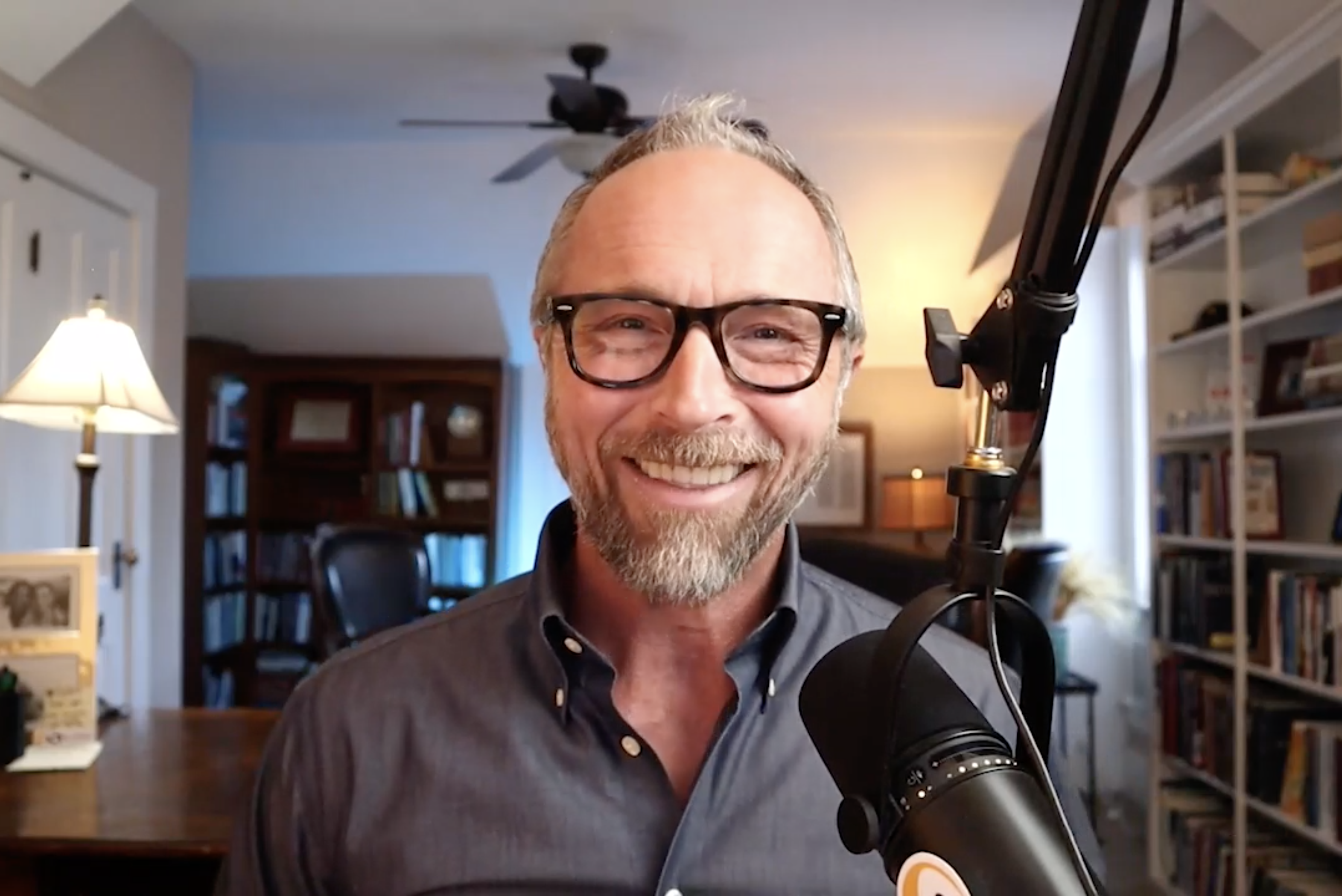Greg Koukl talks to Jeff Myers of Summit Ministries about the best way to find truth using a biblical “compass.”
Transcript
Greg: You say truth is hard to find, not because it hides itself, but because we’re looking in the wrong place—inside ourselves.
Jeff: Well, because you’ve been out here to our headquarters of Summit Ministries in Manitou Springs, Colorado, you know that we are right across the street from Pike National Forest—one million acres of pristine hiking, biking. It’s an incredible place. But if you go very far out, you might get past some of the more well-marked trails, and you can get lost. So, what we encourage people to do, if they’re doing extended trips into the wilderness, is to get a topographical map. Those maps show not only the terrain, but they show you different landmarks. And then you bring a compass, so, with that map and with a compass, you can find where you are, and you can figure out how to get where you need to go, but that’s only if you’re using the compass properly. If you take the compass and say, “You know, I always know where I am because I make sure the red needle always points directly toward me,” right? Those people are still out there. I mean, you’re not found. You’re more profoundly lost.
Ninety-one percent of Americans say they believe the best way to find themselves is to look within themselves, and the biblical worldview says, no, the best way is to relate yourself to some objective truth that is knowable, and it’s a fixed point of reference when you’re in the wilderness. It’s magnetic north. It’s not perfect north, but it’s close enough, and that’s what we’re really looking for. No map describes the contours exactly. Otherwise, the map would be as big as the area it’s trying to describe. But you want to be sure it describes the contours accurately. That’s really the claim that we make about Scripture. You don’t have to understand every single thing, but if you have a sense of what that true north is and those basic guiding principles, then you can find your way.
Greg: I’ve always preferred the metaphor “map” to describe worldviews. Some people talk about a lens that you look through, but I heard J.P. Moreland say once, if all of our lenses are colored, and we’re looking through colored lenses, then we never really see reality. And, he says, I think we actually see reality, as much as we are exposed to. But the idea of a map of the topography of reality—a worldview—well, now you can test it—your worldview, your map of reality—against reality to see if it actually tells the truth or not, and this is a big part of what you guys do at Summit, is help to show not just what the Christian worldview is, but how it matches the way the world actually is and then can serve to be our guide in that world because we have a reference point outside of ourselves that’s accurate to the world.
Jeff: That’s how we view it. So, a Christian worldview, then, applies to everything. It’s not just how you feel about God. It’s how you see everything else because of your relationship with God. And at Summit, students are surprised to discover that we not only talk about theology; we also talk about philosophy, ethics, science, psychology, sociology, politics, law, economics, history—all of it relates.

